Scientists have uncovered an unusual attractive interaction between two tetrachloridopalladate (PdCl42–) centres. It’s the first time a π hole bond has been reported for two doubly negative dianions.
π hole bonds are known to exist in several systems, including square planar palladium complexes and AuCl4– anions. In planar complexes the π holes are regions with low electron density (positive electrostatic potential) perpendicular to the plane of the molecule, which can form attractive interactions with negative sites.
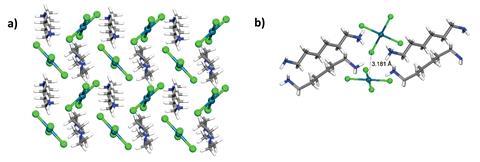
It is widely known that the PdCl42– anion is planar, so Wiktor Zierkiewicz and Mariusz Michalczyk of Wrocław University of Science and Technology in Poland and their colleagues wondered whether it could also have a π hole. Whilst AuCl4– anions are known to be able to form π hole bonds, for dianions such as PdCl42– to form a stable interaction, they must overcome coulombic forces four times more repulsive than that of monoanions.
The team observed that in one crystal structure, the chlorine atom of one anion was directly above the palladium atom of another. They carried out experimental and theoretical analysis to investigate further and found that the molecular electrostatic potential around the anionic monomer was most negative around the extremities of the palladium–chlorine bonds, but less negative above the palladium centre. This forms a pseudo positive electrostatic potential that can act as a π hole. The researchers identified 22 similar structures in the Cambridge Structure Database (CSD), all with square planar monomer anions interacting at right angles.
By establishing that doubly negative dianions are capable of forming π hole bonds, the work could initiate new design strategies in supramolecular chemistry.
References
Wi Zierkiewicz et al, Chem. Commun., 2021, DOI: 10.1039/d1cc05640a
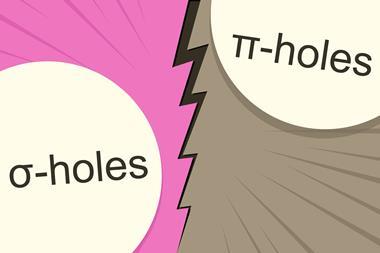
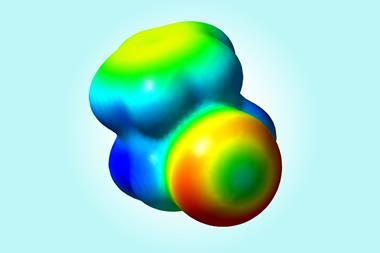

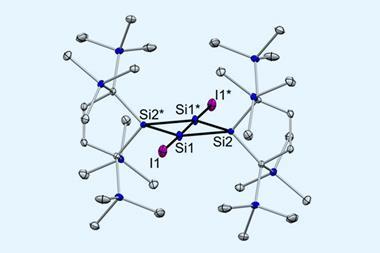
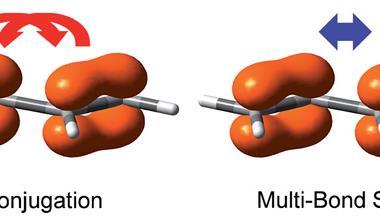
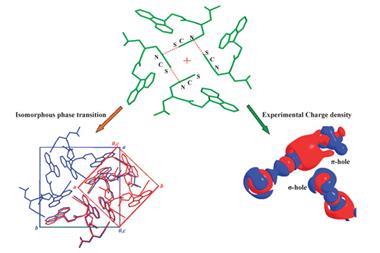






No comments yet